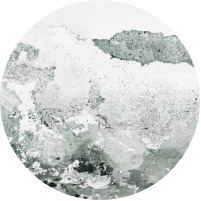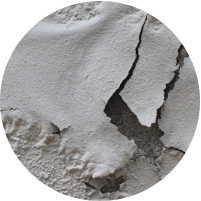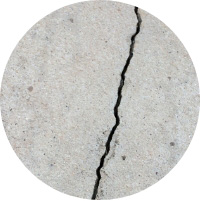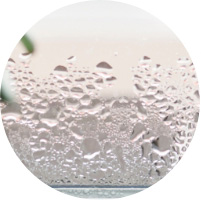-
Home
-
A humidity problem?
The signs
Stains and mildew
Blistered paint
Infiltration and flooding
Fogging and condensation
Bad smells
Physical symptoms
The consequences
Health hazards
Hazards for the home
Heating difficulties
Loss of property value
Humidity in the home
Cellar
Basement
Walls
Room
Bathroom
Ceiling
Exterior facade
-
Moisture treatment
The causes
Capillary rise
Water infiltration
Condensation
High humidity
Leaks
Solutions
Above-ground wall injection
Casing of buried walls
Air treatment
-
Blog
-
Customer cases
-
FAQ
-
Contact
1954


(Value CHF 350.-)
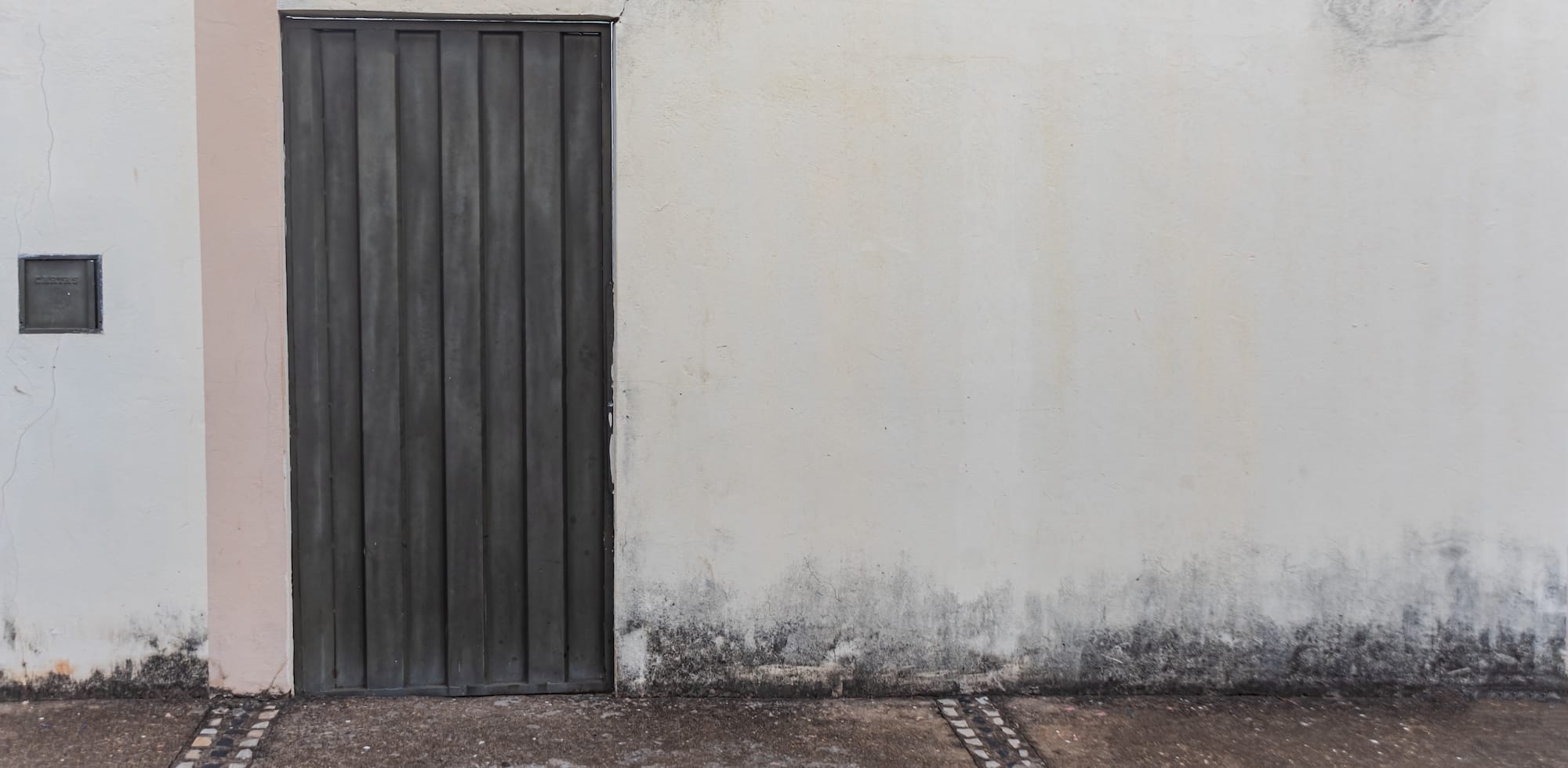
Moisture on the outside of a house: Causes, signs and expert treatments
Moisture on exterior facades is an insidious scourge that can affect any home, regardless of age or location. When it seeps into façades, it can cause major structural damage and have harmful consequences for the health of occupants. An in-depth understanding of the problem of damp on the exterior of a house means identifying its signs, causes and potential consequences, and finding effective solutions to protect your home and your health. Murprotec explains the harmful effects of damp and how to combat it.
Identification and causes of dampness on exterior facades in a home
Moisture on the outside of a house is a common problem that can have a variety of complex origins. One of the most common signs is theappearance of saltpetre, a whitish deposit often caused by recurrent and serious dampness problems, such as capillary rise from the ground. It's essential to intervene as soon as saltpetre appears on façades to preserve your property and prevent rapid deterioration. Moisture can also be caused by poorly insulated walls, inadequate ventilation that prevents water vapour from escaping from inside, or undetected plumbing problems. In addition, climatic conditions such as driving rain and high ambient humidity play a significant role in the appearance and aggravation of damp on exterior facades.
Signs of damp on the exterior of the house
The signs of damp on the outside of the house can be varied and should raise a red flag. A spot of damp on an exterior wall is a clear indicator of a problem. Moisture can also lead to theappearance of mould, the destruction of plaster which cracks or crumbles, and in some cases, the presence of saltpetre is a direct symptom. It's important to note that these signs may not be immediately visible. Sometimes,moisture can build up inside the walls before manifesting itself on the outside. Therefore, it's crucial to have your home inspected by a professional when in doubt, to detect any signs of damp as early as possible.
Potential health and housing consequences of moisture on exterior facades
Moisture on exterior facades can have serious consequences for health and the home. Saltpetre, for example, is not just unsightly; it often manifests itself as mold, which can cause allergies and respiratory problems in occupants. In addition to health problems, damp can also cause structural damage to your home. It can weaken your home's foundations, causing cracks in walls and ceilings. In the long term, this damage can reduce the value of your home and lead to high repair costs. So it's crucial to act quickly at the first sign of damp. The longer damp is left unchecked, the more damage it can do to your home and your health. Early intervention can not only prevent these problems, but also save you money by avoiding costly repairs in the future.





 Our branches
Our branches

